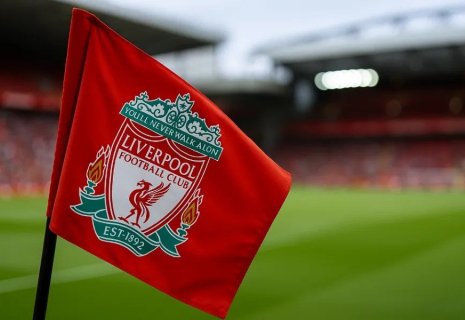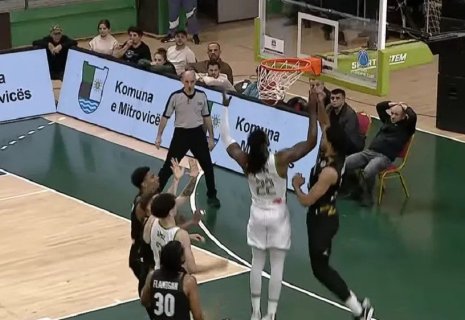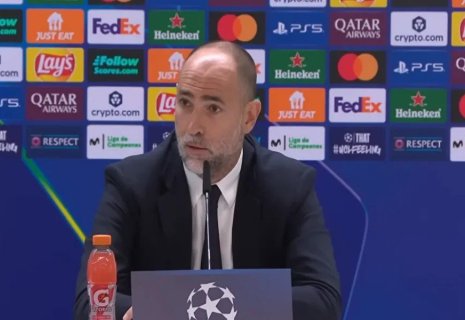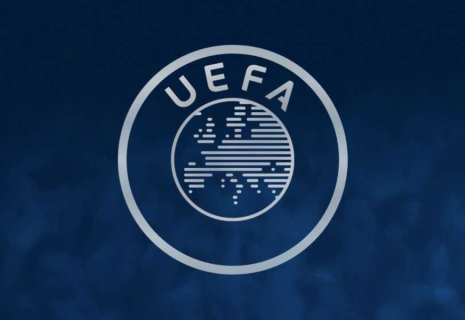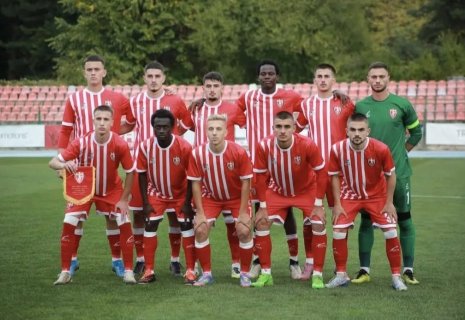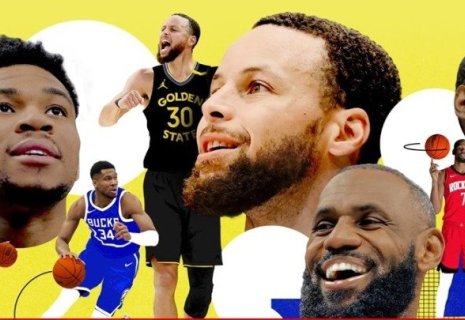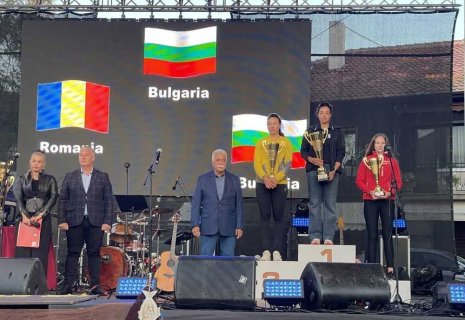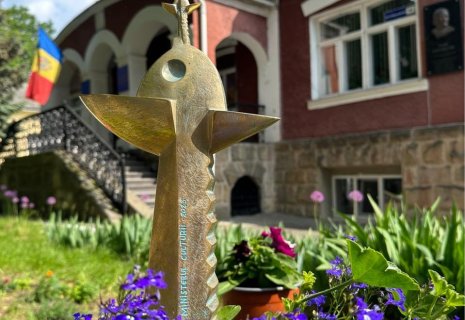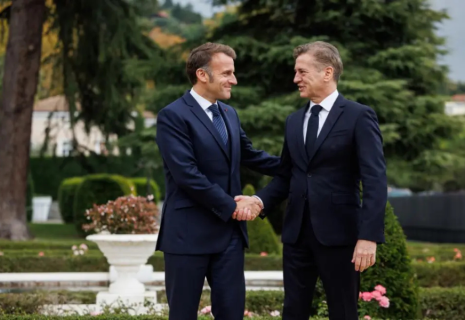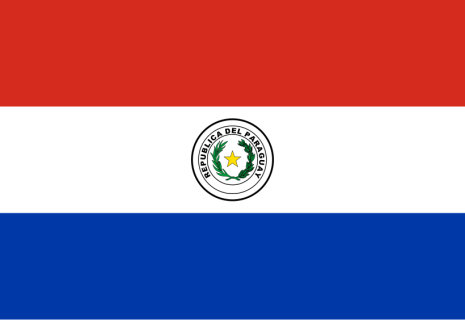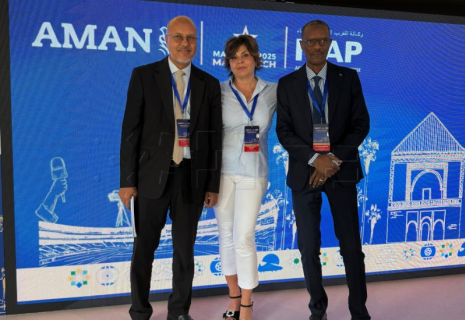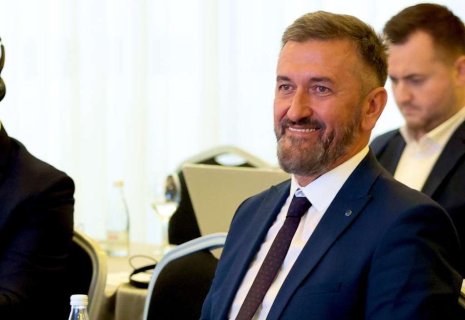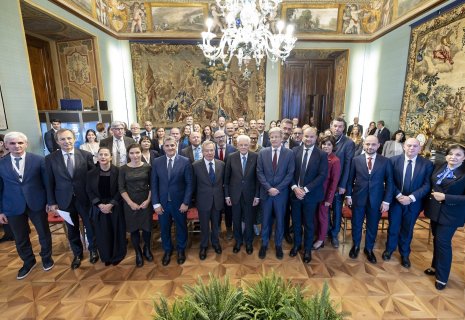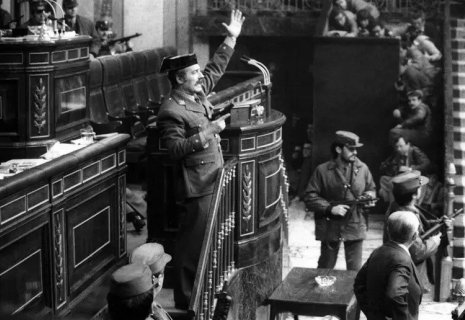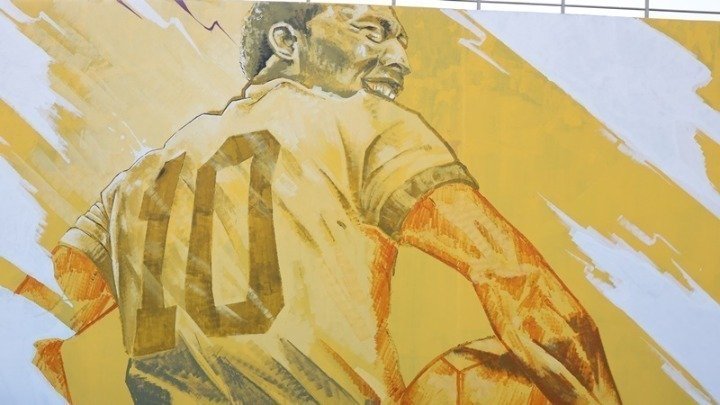
Pelé’s legacy: Records, titles, and global admiration
Edson Arantes do Nascimento, or simply Pelé. The legend, the “Black Pearl” of world football, was born on this day, October 23, 1940, in the city of Três Corações (which means “Three Hearts”) in the state of Minas Gerais, Brazil.
He was the first of three children in his family and was named Edson in honor of the inventor Thomas Edison (who had visited his hometown shortly before Pelé’s birth), after which the “i” was later removed from the name, CE Report quotes ANA-MPA.
Pelé passed away on December 29, 2022—one year ago today without the “King” Pelé. The only footballer to win three World Cups (1958, 1962, 1970), he died at the age of 82 (born October 23, 1940), after battling colon cancer for over a year.
He lived a life as if it were a thousand. Known by name and image in every football—and non-football—neighborhood around the globe. He began his reign on the world stage at the age of 17 years and nine months, winning his first of three World Cups in Sweden. How many people truly have the privilege of such enduring fame across billions of people, generations, and ages?
Pelé, named one of the 20 most influential people of the 20th century by Time magazine, was the only player to win three World Cups. He had hip problems for years and could not walk unaided, communicating with fans through social media, even refuting his son Edinho’s claim that he was suffering from depression.
“KING PELÉ DAY”
November 19 is no longer an insignificant date in Brazil: it is “King Pelé Day,” established in honor of the King. The law creating this commemorative day was issued by Brazilian President Luiz Inácio Lula da Silva.
Instead of choosing his birthdate, October 23, 1940, or the date of his death, December 29, 2022, it was decided to celebrate the memory of the three-time world champion on the day he scored his 1,000th goal. It was November 19, 1969, at the legendary Maracanã Stadium in Rio de Janeiro. Edson Arantes do Nascimento, known as Pelé, scored his 1,000th goal at age 29 with a penalty, one of the 1,283 goals in his career, leading Santos to a 2–1 victory over Vasco da Gama.
CHILDHOOD YEARS
His childhood was poor. He had to play football with socks stuffed with paper because his family could not afford shoes. His father, João Ramos do Nascimento, a promising international forward who had to retire at 25 due to a serious injury, wanted his son to follow in his footsteps, unlike his mother, Dona Celeste. To help financially and afford his own ball, Pelé worked in tea shops and polished shoes outside cinemas. He only reached the fourth grade in primary school. The path he would walk was different.
“I had a happy childhood. My father used to tell me that to be a footballer you need a liver. It’s a vital organ, if it doesn’t work well, you’re not well. It’s like the heart. My father was a footballer, he was number 9, scored many goals with headers. The only thing I wanted was to play like him. One of his best pieces of advice: ‘Don’t think you’re better or more important than others; you’re the same, so respect everyone,’” Pelé said in an interview on the Italian TV show Che Tempo che fa.
WHEN HE BECAME PELÉ AND THE “KING”
Although the name Pelé is known worldwide, he stated he did not know how the nickname came about and initially disliked it, noting it had no meaning in Portuguese. (“My name is Edson, then they started calling me Pelé. I didn’t like it. I admired Thomas Edison, he is important!”) Later, a theologian told him that the word exists in the Bible and in Hebrew means “miracle,” and he changed his opinion. The nickname was given to him by a schoolmate. Two stories exist: one says that while playing football in Três Corações with friends using a homemade ball, he found an old, deflated leather ball near a train station, and the word Pelé means leather in several Romance languages. Another says the name came from him mistakenly calling his favorite player, goalkeeper Bilé of Vasco da Gama. The title “king” was given to him by playwright Nelson Rodrigues when he was just 17.
PELÉ AND OTHERS
Pelé continues to be compared with other greats in football history—Di Stéfano, Cruyff, Maradona, and the newer Messi and Cristiano Ronaldo. Such comparisons are not only unfair but impossible, as the Spanish newspaper Marca noted: different eras, pitches, referees, balls, physical conditions. Football is different, and nothing is the same as 50 years ago. However, few doubt the historical credibility of César Luis Menotti, 1978 World Cup champion with Argentina, who said: “He, for me, was the greatest in history. Pelé had it all: a privileged physique, a player who won duels, a leader like the gods… He was the greatest, the best of all time.”
Pelé himself said: “People ask me when the new Pelé will be born. Never! My parents closed the factory. When Messi scores 1,283 goals like me and wins three World Cups, then we’ll see.”
“On November 19, 1969, I scored my 1,000th goal at Maracanã. I still have the ball. I lived important moments with everyone,” he added.
CHALLENGES AND ANSWERS
Some argue he never played in Europe, where the difficulty was higher than in Brazil, but history provides the answer. Despite pressure from major European clubs, Pelé stayed 19 years at Santos out of love for the team and because the government declared him a “national treasure” in 1961 to prevent him from leaving.
CAREER, STYLE, AND RECORDS
Pelé played as a second striker. Known for his technique, athleticism, dribbling, passing, aerial ability, creativity, and scoring instinct. He played 19 years at Santos (1956–1974), scoring 658 goals in 639 matches. He then played three years in the U.S. for the New York Cosmos (37 goals in 64 appearances) and was made honorary president in 2010.
Officially, Pelé scored 753 goals in 813 games, including 77 goals in 91 matches for Brazil’s national team, keeping him as the top scorer in the Seleção. He counted 1,283 goals including unofficial matches. He holds the world record for hat-tricks (92), is in the Guinness World Records for goals, and was the youngest player to play in a World Cup final and win it (1958, age 17 years 249 days). He won three World Cups (1958, 1962, 1970).
Pelé is recognized as the best footballer of the 20th century by FIFA and the International Federation of Football History & Statistics (IFFHS). He was among the highest-paid athletes in the world during his career. He earned FIFA’s “Player of the Century,” the Olympic Committee’s “Athlete of the Century,” and is in the Football Hall of Fame. In 1999, he was elected Player of the Century by France Football’s Ballon d’Or voters. In a 2000 FIFA poll, Maradona came first with 53.6%, and Pelé second with 18%. In other FIFA polls, Pelé ranked first with 72% of votes.
ANECDOTES
Many stories surround Pelé’s legend. One involved referee Guillermo Velásquez. On June 18, 1968, in Bogotá, during a friendly between Santos and Colombia preparing for the Mexico Olympics, Pelé received a red card after a foul. Fans protested and demanded his return, forcing the federation to replace the referee at halftime and allow Pelé to return.
A year later, on November 19, 1969, at Maracanã, Pelé scored his 1,000th goal from a penalty against goalkeeper Edgardo Andrada, making Santos’ 2–1 victory over Vasco da Gama. The match was interrupted as fans and journalists flooded the pitch to celebrate him.
AUCTIONS AND “BIRTH OF A LEGEND”
Thousands of Pelé’s personal items have been auctioned, including his three World Cup medals, raising funds for charity and his former team Santos. At the Tribeca Film Festival in New York, the movie The Birth of a Legend about his childhood premiered. Directed by Jeff and Michael Zimbalist (Favela Rising, The Two Escobars), it starred famous Brazilian actors Rodrigo Santoro, Milton Gonçalves, and 18-year-old footballer Kevin de Paula as Pelé.
MARRIAGES AND CHILDREN
Pelé married Rosemeri Câmpe, with whom he had three children (Edinho, Jennifer, Kelly), and singer Assíria Nascimento, mother of twins Joshua and Celeste. He also had a daughter with former maid Anizia Massando, Sandra Arantes, who died in 2006. Shortly before turning 76, he married 50-year-old Japanese-Brazilian businesswoman Marcia Sibele Aoki in Garaucha, São Paulo, whom he had known since 2010.

